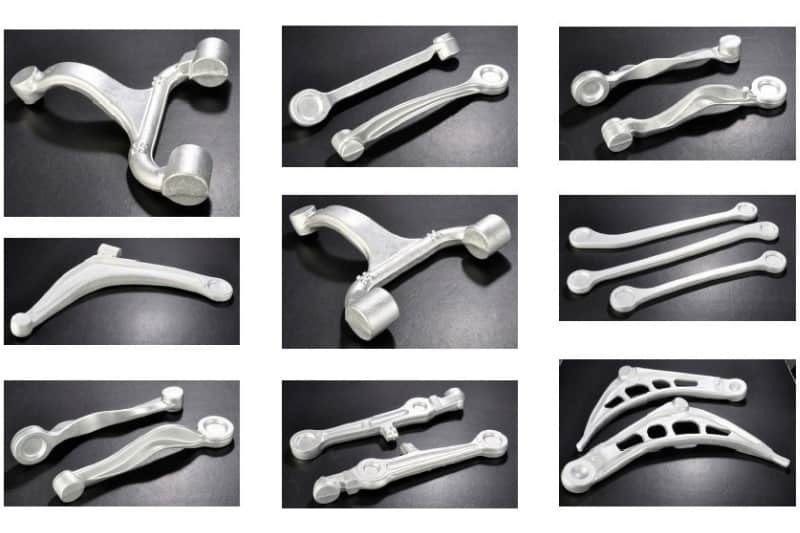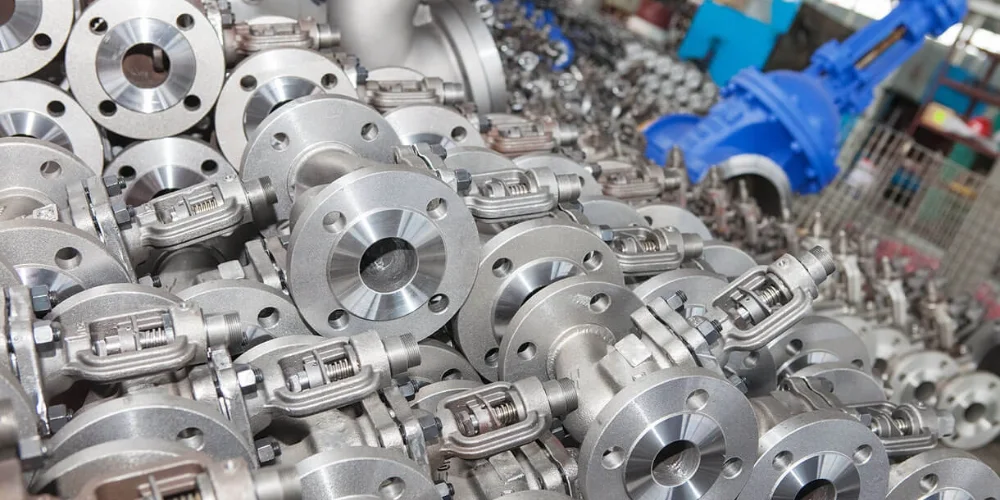Investment Casting: An In-Depth Exploration of the Complete Process
Investment Casting: From Ancient Art to Modern Precision
Investment casting is a manufacturing technique that allows for the creation of complex, precise configurations from various metal alloys. Also known as precision casting or lost-wax casting, this method is known for its ability to produce components with intricate details and excellent surface finishes.
The history of investment casting dates back thousands of years, with early examples found in the ancient civilizations of Egypt, China, and Mesopotamia. It was initially used to produce art, jewelry, and statues with intricate details. A notable example from China is the “Zun and Pan of Zeng Hou Yi” from the Qin Dynasty, considered one of the most complex bronze artifacts ever created. The vessel showcases the sophisticated metalworking skills of the time, featuring detailed motifs and decorations that reflect the high level of artistry and craftsmanship achieved through ancient casting techniques.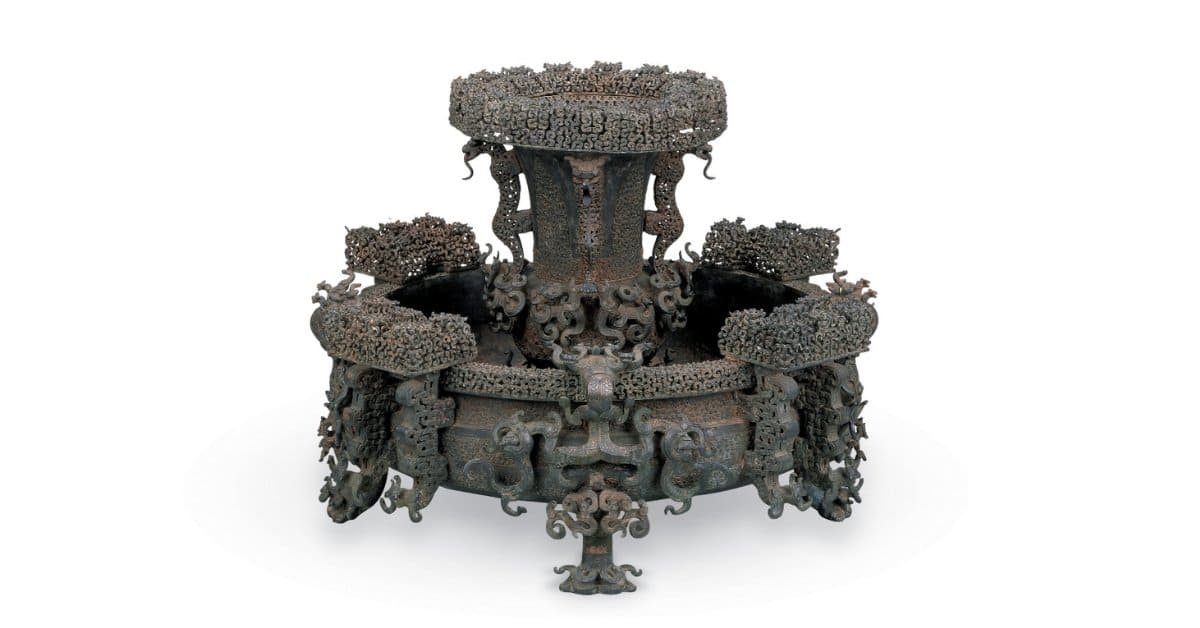
In the 1940s, the process saw a resurgence in industrial applications due to the demand for precision components in the defense and aerospace industries during World War II. Since then, technological advancements in materials used for patterns and refinements in the ceramic materials used for molds have significantly expanded the capabilities and applications of investment casting. This method has proven pivotal in various industries, especially where high-accuracy metal parts are required.
From Design to Production: Exploring the Investment Casting Process
Investment casting is a precision engineering process designed to produce complex metal components with high accuracy. This method combines advanced technologies and meticulous stages to replicate intricate designs exactly as specified. Renowned for its versatility, investment casting is key in manufacturing detailed, high-quality parts for various industries.
1. The First Step in Investment Casting: Die Manufacturing
The investment casting process begins with the meticulous design of a die using Computer-Aided Design (CAD) software. This software enables the creation of complex geometries essential for precision components, ensuring every dimension and surface of the intended part is perfectly mapped out. The digital blueprint guides the subsequent die fabrication, where high-precision CNC (Computer Numerical Control) machining is employed. Using durable materials like hardened steel or aluminum, the die is crafted to exact specifications to ensure consistency and accuracy in the wax patterns it produces.
These precisely machined dies are fundamental to the investment casting process, setting the standard for the quality of the final cast parts. By ensuring the dimensional accuracy of the wax patterns, a well-crafted die enhances the overall efficiency of the production cycle, reducing the need for adjustments and minimizing defects in the final products.
2. The Second Step in Investment Casting: Wax Pattern Creation
After the die is crafted with high precision, it’s used to create a wax replica of the final product through the wax injection process. Special wax is heated to the correct viscosity and injected into the die under controlled conditions to ensure it fills all intricate details without creating air pockets or imperfections. This step is critical, as the wax pattern forms the mold for the subsequent ceramic shell and ultimately defines the accuracy of the final metal part.
3. The Third Step in Investment Casting: Wax Tree Assembly
After the wax patterns are created, they are assembled into a tree-like structure crucial for the casting process. Each wax pattern is attached to a central sprue using heated tools or adhesives, ensuring optimal arrangement for molten metal flow and even cooling. The design of the wax tree, including the placement of gates and runners, is meticulously planned to minimize turbulence and ensure complete mold filling. This assembly is pivotal in preparing for the ceramic shell coating and directly influences the quality and efficiency of the final cast parts.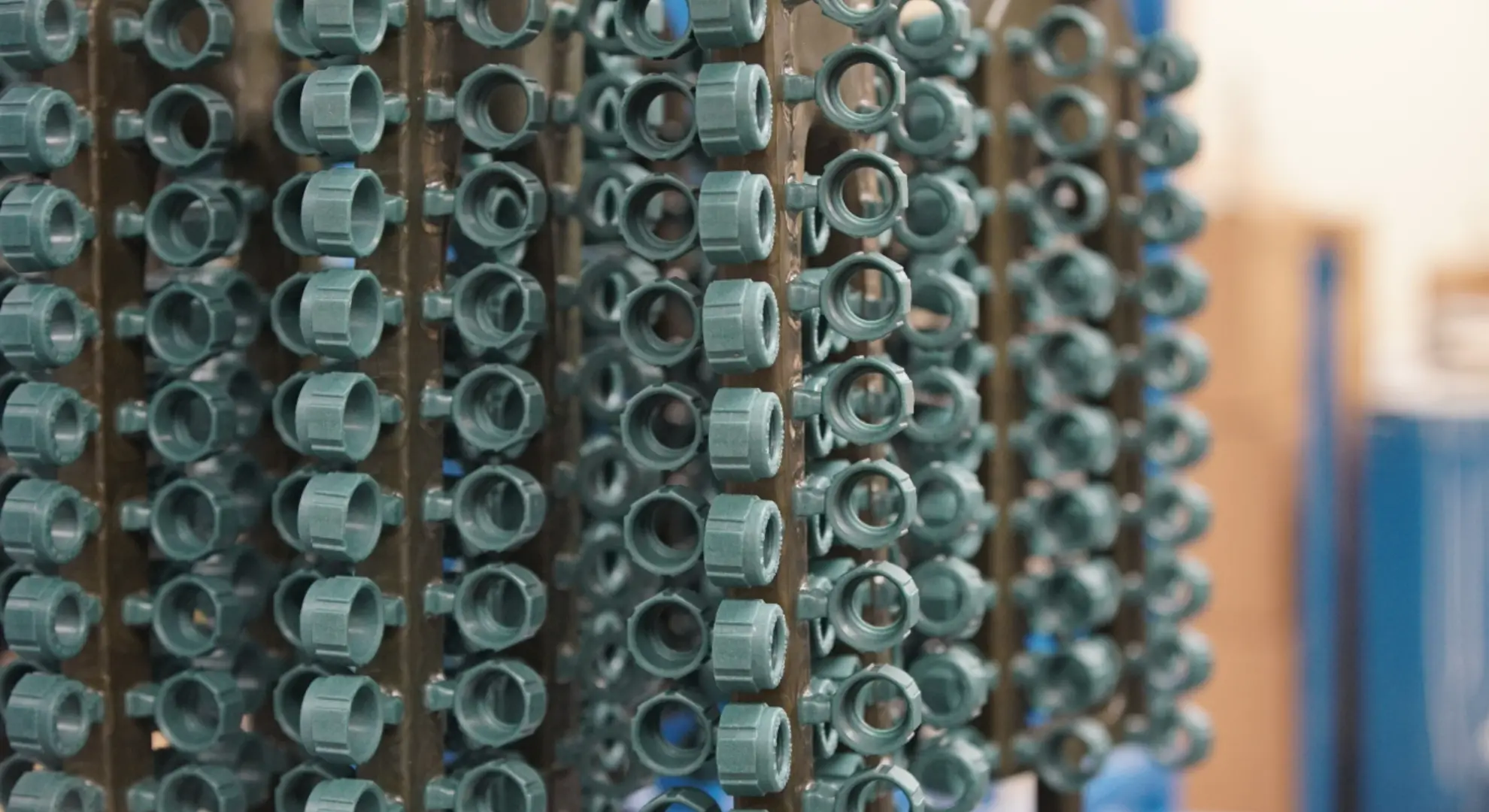
4. Ceramic Shell Formation
The creation of the ceramic mold starts by repeatedly dipping the wax tree into ceramic slurry, which is a compound solution of silicates, specifically ethyl silicate and sodium silicate. After each dip, refractory materials such as silica or zircon crystals are sprinkled onto the freshly coated surface, a process known as “stuccoing.” This stuccoing process enhances the strength and thickness of the shell.
Before another layer of ceramic slurry is applied, it is crucial to ensure that each layer is completely air-dried and hardened. The dipping and stuccoing operations are repeated several times to achieve the desired shell thickness. The multiple layers of slurry and stucco ensure the mold’s robustness, enabling it to withstand the thermal stresses during the metal casting process. Between the layers, the wax tree must be hung to dry to ensure the materials harden properly and adhere well.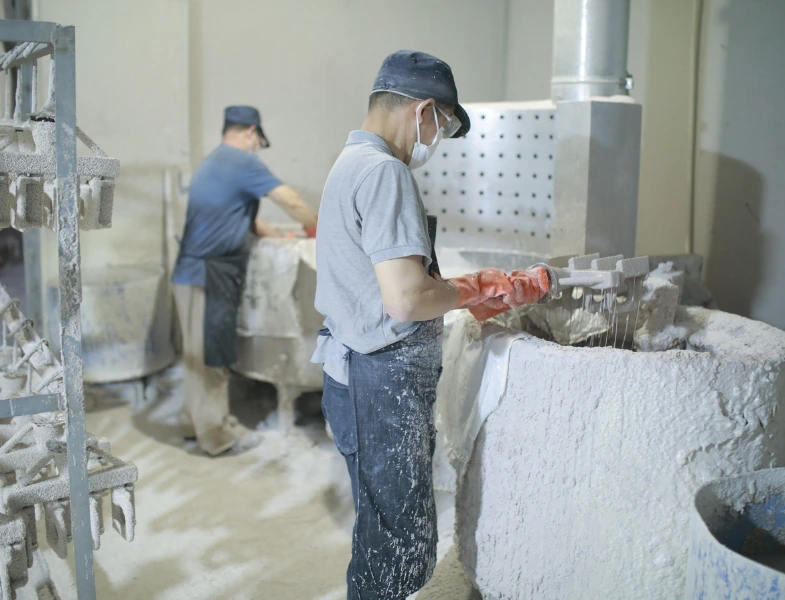
5. Wax Removal: Dewaxing
Dewaxing is a critical step in the investment casting process where wax is removed from the ceramic shell to create a hollow mold. This is typically achieved using high-pressure steam or an autoclave, where the heat melts the wax and allows it to drain out. This process is crucial for ensuring the ceramic mold is clean and intact, ready for the metal pouring stage. Proper execution of dewaxing is essential to maintain the precision and integrity of the final casting mold.
6. Shell Firing: Preparing for Metal Pouring
Following wax removal, the ceramic shell is fired in a kiln at approximately 1000 degrees Celsius for 1 to 2 hours to enhance its strength and stability. This high-temperature treatment not only eliminates any residual wax but also reinforces the shell’s ceramic bonds, ensuring it can withstand the stresses of molten metal during casting. Proper firing is critical to maintain the shell’s integrity, preventing cracking or distortion, and ensuring high-quality castings.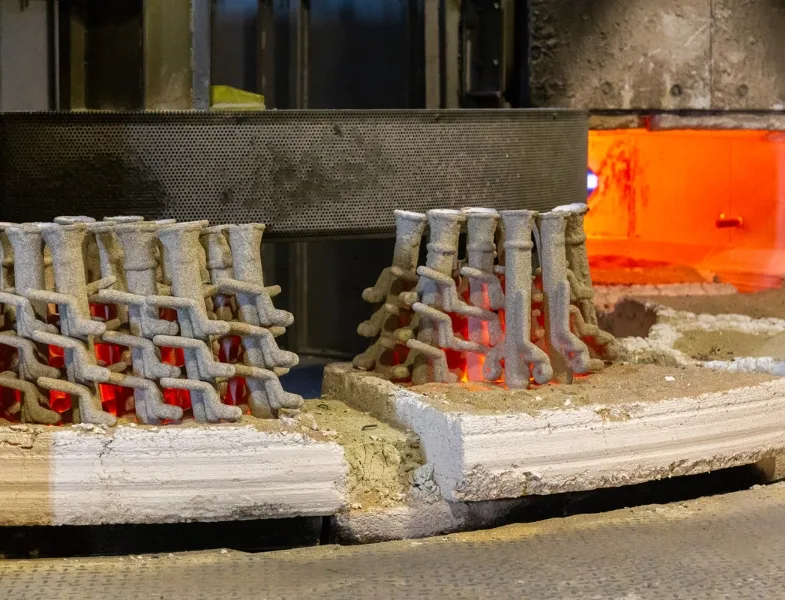
7. Metal Melting and Pouring
The metal pouring stage begins with precisely mixing and melting alloys to match the required chemical composition for the product. The molten metal is then purified through slag removal, followed by spectral analysis to ensure it meets all quality standards. Once the metal’s composition is confirmed, it is carefully poured into the pre-heated ceramic shell. This step is crucial for achieving a defect-free casting, as the high temperature of the shell allows the molten metal to fill the mold uniformly and capture intricate details effectively.
8. Shell Removal and Sand Cleaning
After the metal castings cool, shell removal is performed using hammering or vibrating techniques to separate the ceramic shell from the metal. This step is followed by manual sand cleaning to eliminate residual ceramic particles. Finally, shot blasting is employed to thoroughly cleanse and smooth the casting surfaces. This sequence ensures that the castings are free from impurities and ready for the final finishing processes.
9. Cutting to Separate Castings
Cutting in the investment casting process is the crucial step where the individual cast products are separated from the tree-like gating system used during pouring. This separation is typically performed using plasma cutting, a method chosen for its precision and ability to handle the complex shapes and high-quality requirements of investment cast parts.
During the cutting process, care must be taken to ensure the gates are cut close enough to the part to minimize excess material, yet not too close as to damage the casting itself. The precise cutting ensures that the integrity of the cast piece remains intact, reducing the need for extensive finishing work. This stage is critical for maintaining the quality and specifications of the final product, ensuring that each piece meets the stringent standards expected in investment casting.
10. Finishing: Perfecting the Cast Parts
Finishing is the final step in the investment casting process where each cast piece undergoes meticulous post-casting treatments to achieve the desired quality and appearance. Initially, the excess material, such as gates and sprues, is removed using grinding wheels or sanding belts. This is crucial to achieving a smooth baseline from which further refinements are made.
Following the removal of excess material, the surfaces of the castings are carefully inspected and any defects such as sand holes, slag inclusions, flashings, burrs, or distortions are addressed. Common finishing techniques include welding to fill in voids, grinding to smooth out uneven surfaces, straightening to correct deformations, and shot blasting to clean and even out the surface finish.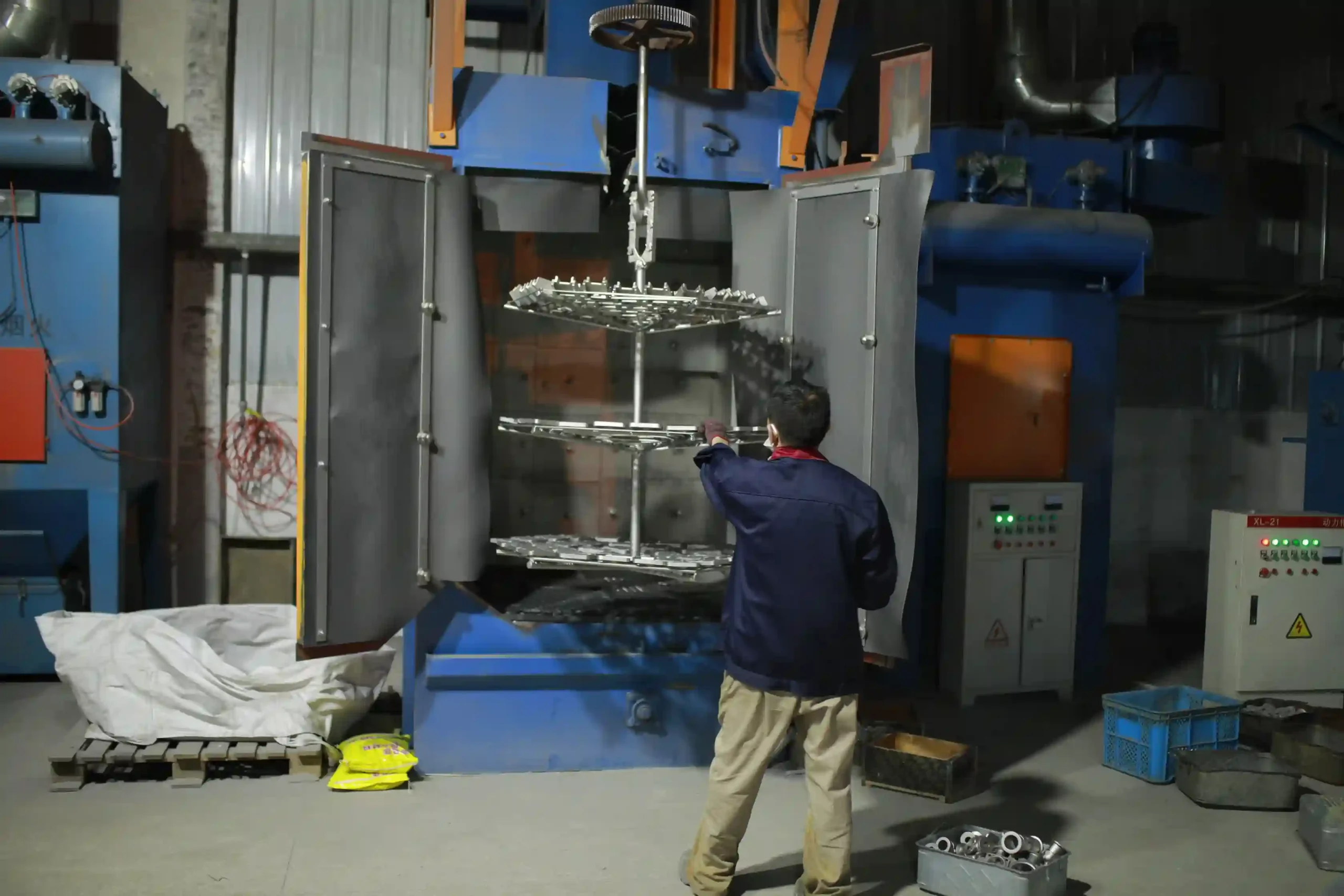
These steps are critical for ensuring that the cast parts are free from any defects that could impair their functionality or aesthetics. The finishing process not only enhances the appearance of the cast parts but also ensures they conform to the stringent quality standards required in their respective applications.
11. Inspection: Rigorous Inspection of Cast Parts
Post-finishing, each cast part is subjected to a rigorous inspection process to confirm its quality and adherence to specifications. The process begins with a thorough visual inspection to check for surface defects and dimensional accuracy. For parts with specific requirements, additional non-destructive tests are conducted, including penetrant testing for surface imperfections and X-ray or ultrasonic testing for internal defects. These advanced techniques ensure that each part meets the necessary quality standards without damaging the component, preparing it for final approval and delivery.
Advantages of investment Casting
- Complex Geometries: Capable of producing highly complex shapes that other casting methods cannot achieve.
- High Dimensional Accuracy: Achieves ISO tolerances as precise as CT3, suitable for intricate designs.
- Superior Surface Finish: Delivers surface finishes down to Ra0.8 micrometers, enhancing both aesthetic and functional attributes.
- Versatile Material Options: Suitable for casting a wide array of metals, including advanced alloys used in aerospace and automotive industries.
- Reduced Secondary Operations: Often eliminates the need for additional machining due to the precision of the cast, reducing overall production time and costs.
- Consistency in Production: Ensures consistent quality across production runs, important for high-performance and safety-critical applications.
- Economical for Large-Scale Production: Investment casting is cost-effective for large production volumes, offering economies of scale. The ability to produce complex parts with minimal waste and reduced labor costs makes it ideal for extensive manufacturing operations.
Trends and Developments in Investment Casting
Investment casting excels in producing parts with complex geometries, handling maximum dimensions up to 1.8 meters and minimum wall thicknesses less than 2 mm, with weights close to 1000 kg. This demonstrates its versatility for both large-scale and detailed manufacturing.
In dimensional accuracy, investment castings achieve ISO standard tolerances from CT6 to CT9, with higher precision components reaching CT3 to CT6. Surface finishes can be as fine as Ra0.8 micrometers, enhancing both aesthetic and functional qualities.
Material and process advancements have significantly boosted component performance. For example, turbine blades in aircraft engines now withstand temperatures up to 1200°C, thanks to nickel-based superalloys, titanium alloys, and aluminum alloys. The use of hot isostatic pressing has also improved their high-temperature low-cycle fatigue performance by three to ten times.
These advancements underscore investment casting’s vital role in high-performance sectors like aerospace and automotive. As technologies and materials evolve, investment casting is poised to further revolutionize the manufacturing of complex, durable components to meet stringent standards.
Conclusion
Investment casting excels in delivering precision and efficiency, making it essential for industries that demand high-quality and intricate components. Its capabilities in reducing secondary operations and facilitating large-scale production underpin its pivotal role in advanced manufacturing sectors. As the need for detailed and reliable parts grows, investment casting will continue to lead in innovation and efficiency.



